Pollinger Bernhard
Bernhard (nicknamed Beno by friends and co-workers) Pollinger was born February 28, 1950 in St. Niklaus, a village in the Mattertal valley located along the route that leads to the famous tourist resort of Zermatt.
Bernhard attended the compulsory schools in St. Niklaus, after which, as a result of his father’s pressure, he began an apprenticeship as a mechanic at Bosch.
However, he didn’t like his work and therefore decided to change and at the age of 17 he began an apprenticeship as a waiter at the Hôtel de L'Etrier in Crans Montana.
After completing his apprenticeship he decided once again to change his profession. He learned to drive excavators and other construction vehicles on behalf of the building contractor Imboden in Zermatt.
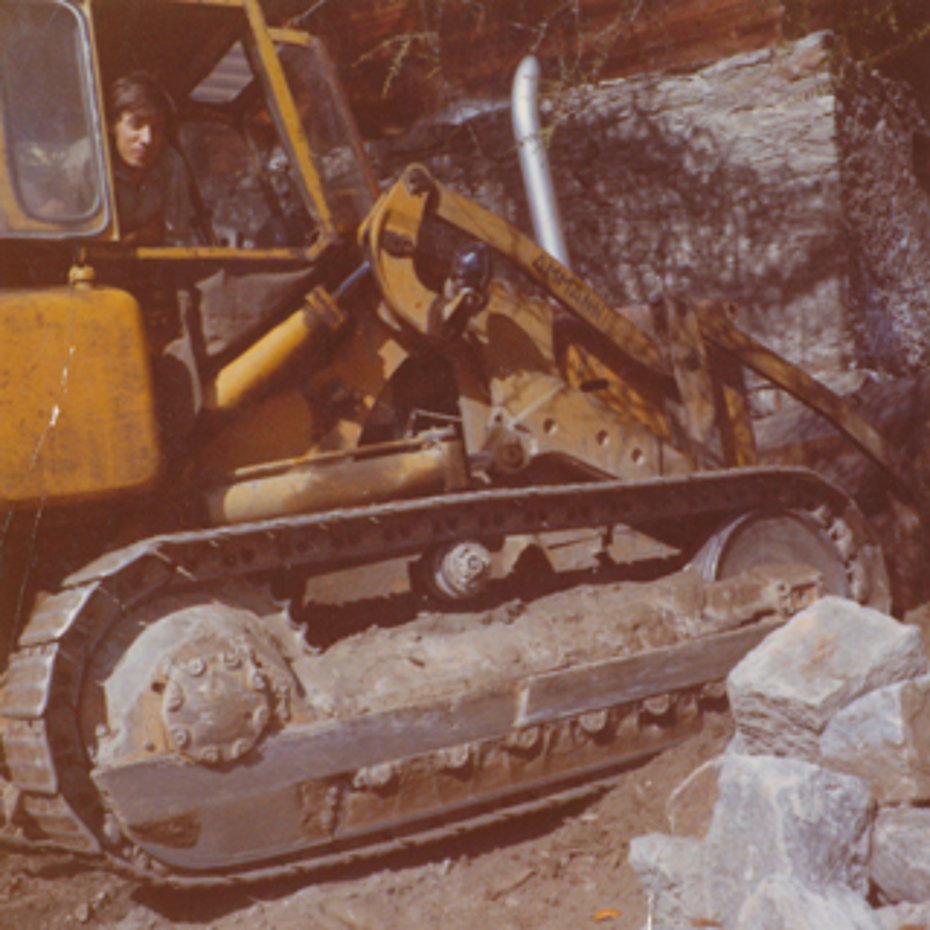
During the summer he worked on construction sites, while in winter he was on the ski slopes. In those years he earned his licence as a ski instructor. He carried out this kind of activity mainly on the Bettmeralp where his sister managed a ski school.
During the summer 1975, while he was working on the building site for the construction of a new cable car on the Bettmeralp, he had the opportunity to observe closely the helicopters of Air Zermatt at work.
He became so fascinated by those flying mules that he also decided to become a helicopter pilot.
Initially, he kept his project hidden from his family. Since at the time neither Air Zermatt nor Air Glaciers had a flight school, he decided to travel to Geneva, where he carried out a test flight with the instructor George Castella at the controls of a Hughes 269.
After returning home he revealed his intentions to the family. After some initial doubts expressed by the family (at that time he already had two children, Melanie who was born in 1972 and Mischa who was born in 1975) he obtained the necessary support.
Helicopter training
After moving temporarily to Bern on May 12, 1977 Bernhard Pollinger made in Belp/BE the first flight school as a helicopter pilot at the controls of the Bell 47G2 HB- XFB with the instructor Walter Demuth.
On May 23, after completing only ten hours of training he did his first solo flight.
In the following months he continued training with instructors Walter Demuth, Walter Tschumi, Jean Seydoux and Andreas Häfele.
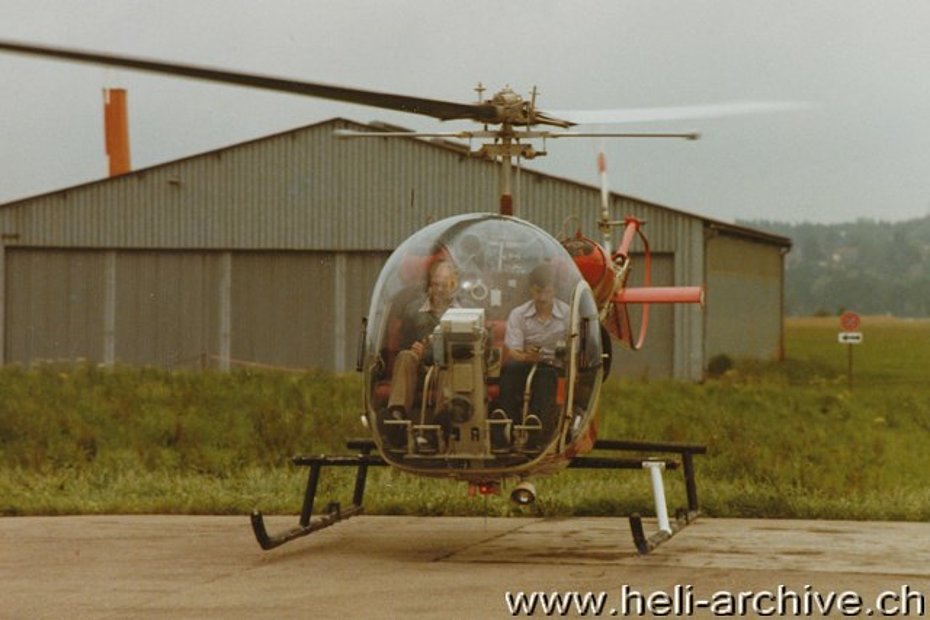
In October 28, 1977 with a total flight experience of 38h46' under his belt he passed his examination flight with the FOCA expert Gaston Monod and obtained the helicopter private pilot license.
On May 3, 1978 after a training course with Jean Seydoux the FOCA issued him the helicopter commercial pilot license number 253. In the meantime, he had also begun to fly with the Bell 206 Jet Ranger.
After completing the pilot course, and with a flight experience of 100h14' he received his first assignment as a professional helicopter pilot.
Instead of working on building sites he made photographic flights on behalf of Air Color, mainly piloting the Bell 47G2 HB- XFB and the Agusta-Bell 47G3B-1 HB-XHS.
Then as usual during the winter season he continued to work as a ski instructor on the Bettmeralp. At the end of the year he had logged over 230 hours of flight.
The following summer he continued his aerial activity mainly on behalf of Air Color using the Bell 47G2 HB-XFB. Bernhard conserves nice reminiscences of his flights with the Bell 47.
On October 1st, during a photo flight he crossed the line of 500 hours of flight.
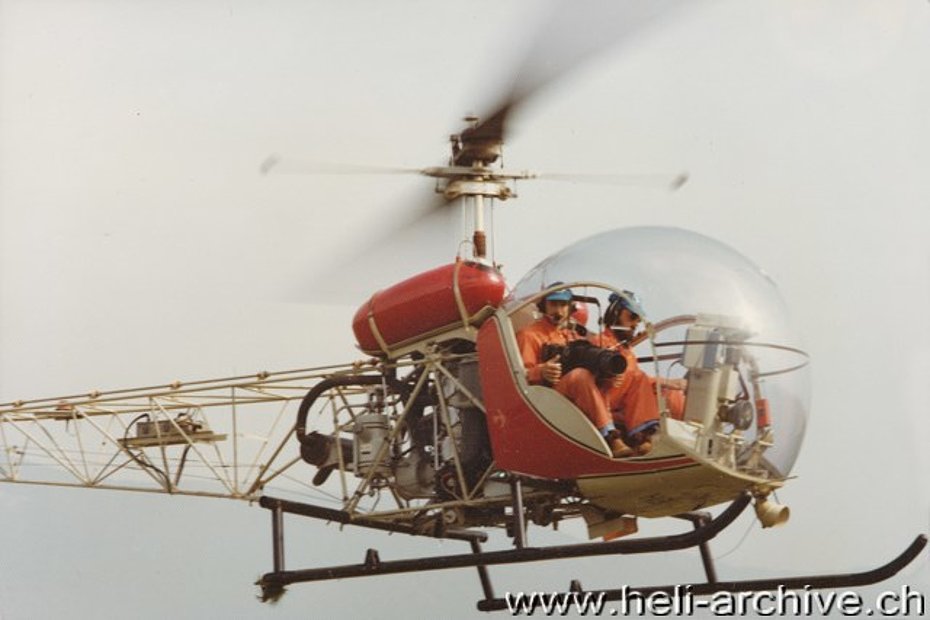
Among the ice Greenland sheet
In April 1980, at the conclusion of the winter season as a ski instructor on the Bettmeralp Bernhard received a tempting proposal. Heliswiss was looking for a pilot to be sent to work in Greenland on behalf of the Greenland Geological Survey (GGU) and offered him the job. Despite some initial doubts (due to his family commitments) he accepted the proposal.
He left Switzerland in mid-June and a few days later he began the transportation flights at the controls of a Bell 206B Jet Ranger III D-HAFD.
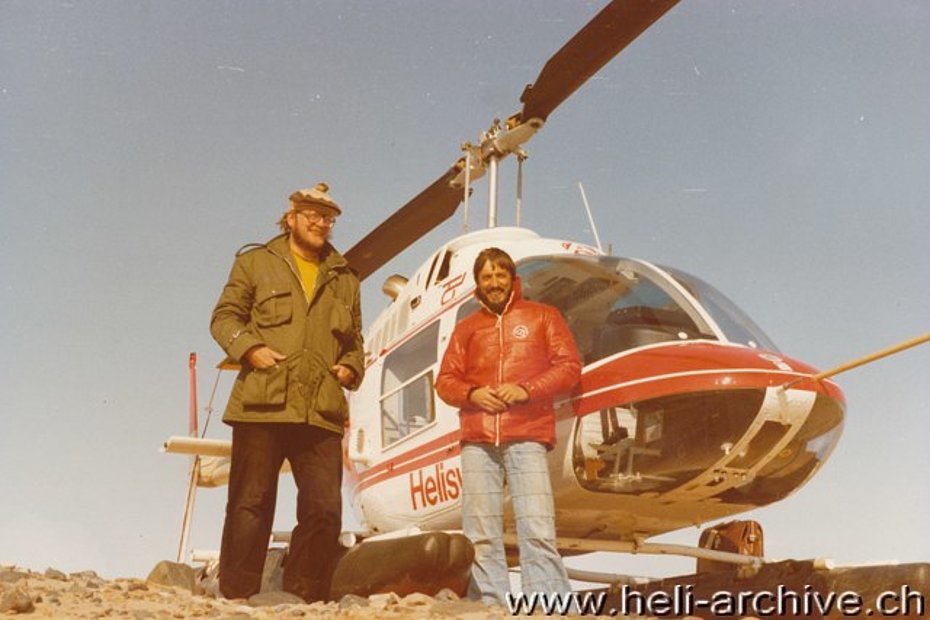
During the summer he did a lot of flights carrying groups of geologists and their equipment.
He stayed in Greenland for about two months and then returned back to Switzerland where he was obviously very happy to embrace his family again.
Nowadays, despite the long periods spent away, he still remembers with great pleasure and emotion the experience in which he had the opportunity to learn several skills, a real-life experience.
After a short break of two weeks he started again his flying activity at the controls of the Agusta-Bell 47G3B-1 HB-XBZ and the Bell 47G2 HB-XLK and HB-XFB helicopters.
In that period, he was based on several airports such as for example Grenchen, Domat Ems and Thun.
By the end of the season he totalled over 800 hours of flying hours.
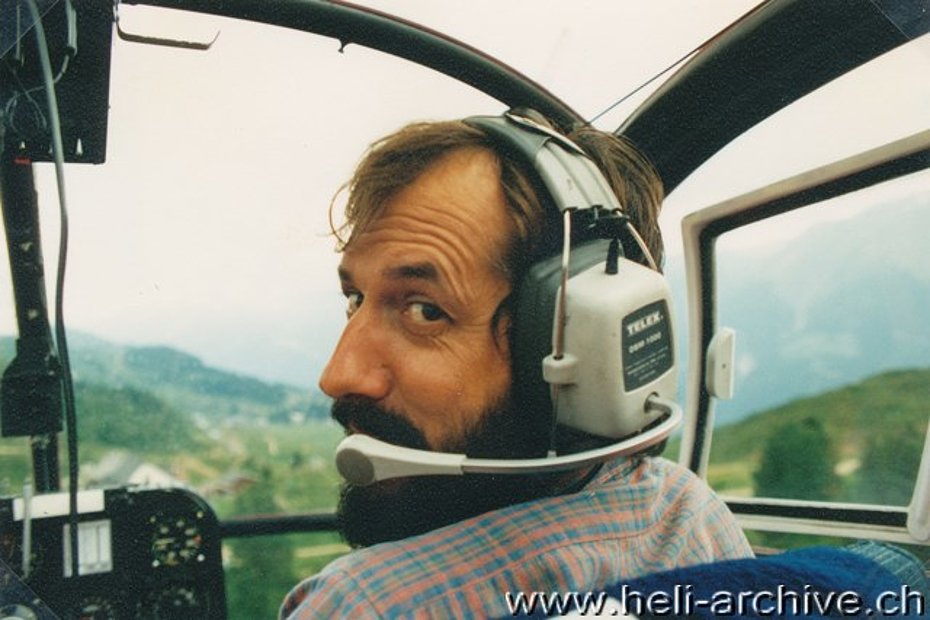
At the controls of the Aérospatiale SA 315B Lama
In January 26, 1981 after moving temporarily to Samedan/GR Bernhard started to fly with the Aérospatiale SA 315B Lama trained by Ueli Bärfuss. The latter also introduced him to a new kind of activity, the transportation of underslung loads. During that period he also flew skiers up to the surrounding mountains top.
On March 10, accompanied by Ueli Bärfuss he made the first of a long series of search and rescue flights. On that occasion, he flew to Livigno/Italy and transported a wounded skier to the hospital of Samedan.
In the following months, he also worked in Erstfeld/UR under the supervision of the flight instructor Toni Aklin.
The start of the aerial activity in Valais
During the Spring 1981 Heliswiss built a new hangar in the small Valaisan village of Gampel and created a new helicopter base. Bernhard was appointed chief-base and on July 14, 1981 he started officially his new activity mostly flying the SA 315B Lama.
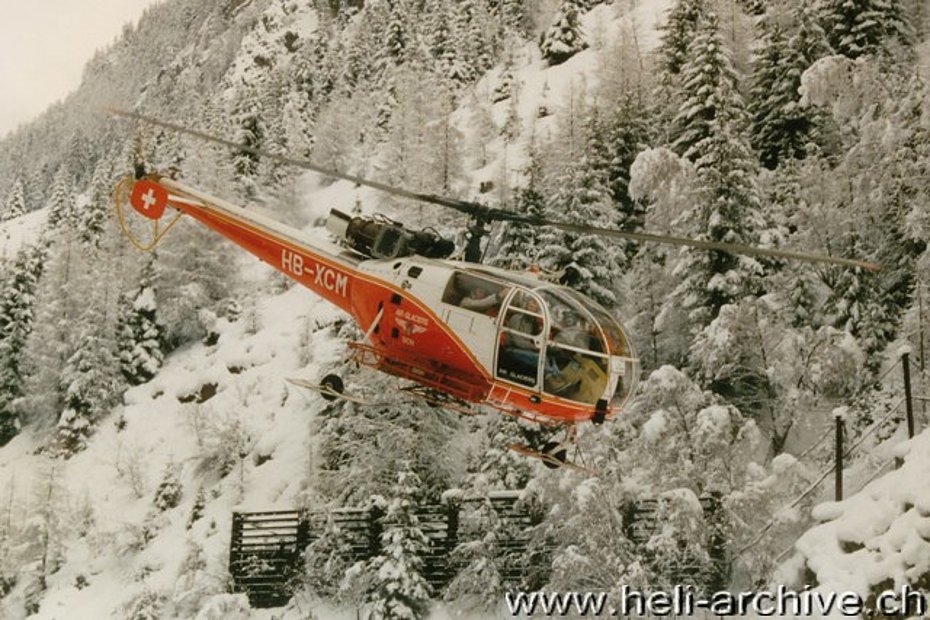
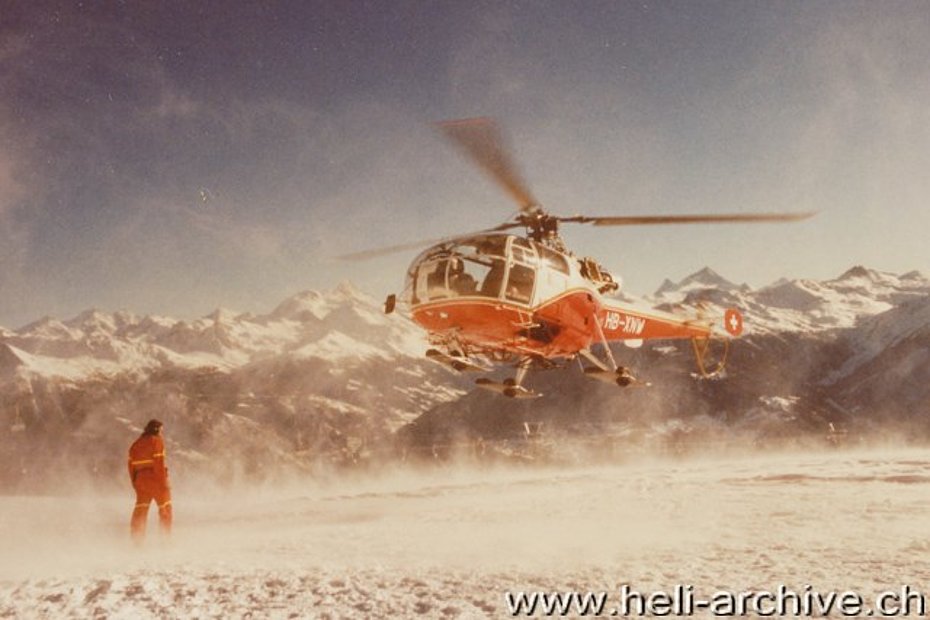
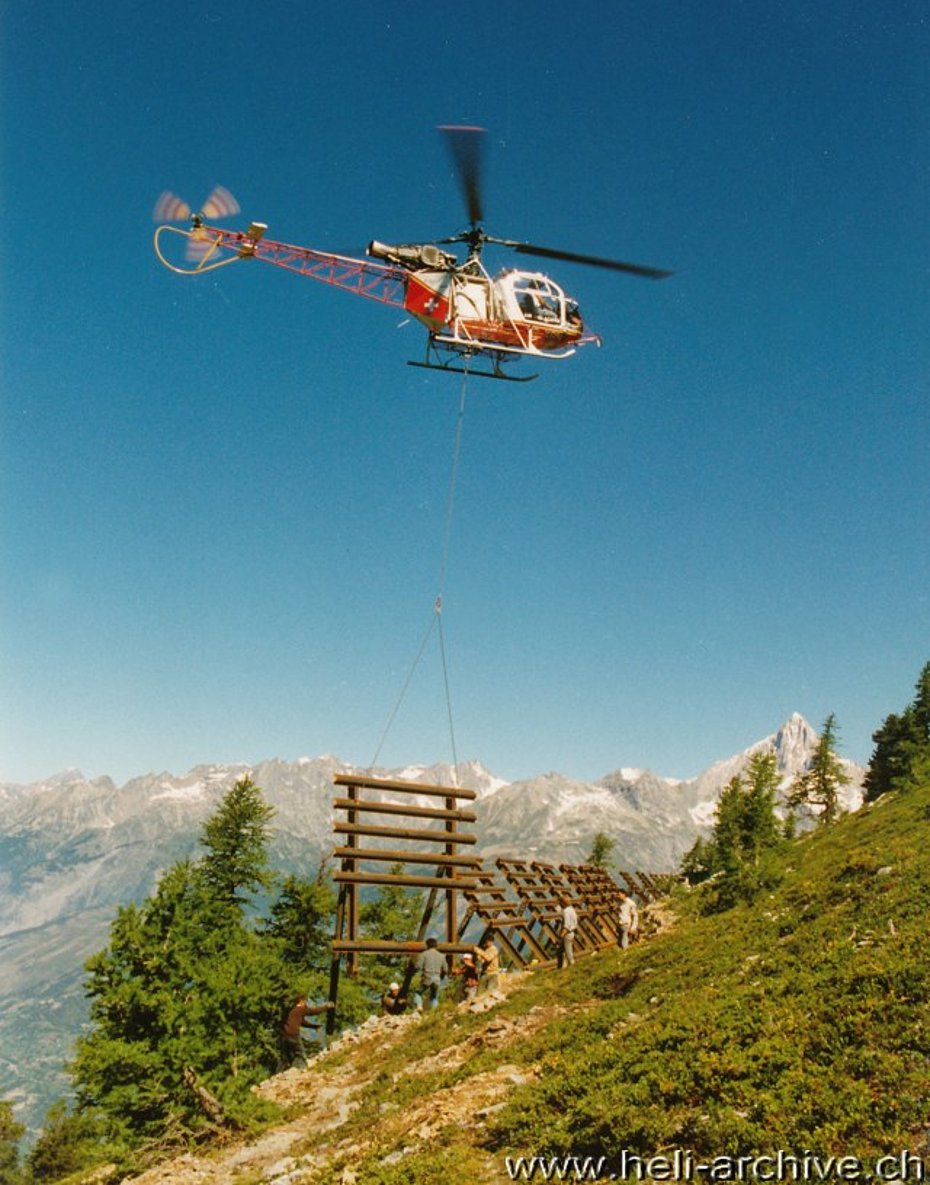
During the summer he made a lot of transportation flights in the region of Evoléne where a new ski facility was under construction.
On September 21, during a rescue mission on behalf of the Swiss Air Rescue he reached 1,000 flight hours.
The following day an unexpected event took place: during a transportation flight his Lama hit an unmarked cable: Bernhard was incredibly lucky. Despite the damage to the rotor blades he managed to land normally without any scratches. “It was only a matter of luck he affirms: it could really have gone much worse!”.
During the spring 1983 Heliwiss passed into the hands of the current owner, the Grison lawyer Jürg Riedi. This led to a series of changes and one of these personally involved Bernhard Pollinger who left Heliswiss to enter in the team of Air Zermatt.
Some months later, in August 1983 Bruno Bagnoud, the grand patron of Air Glaciers, asked him if he wanted to join his company. The Valaisan pilot accepted Bagnoud’s proposal and from September 1st 1983 he went to work for Air Glaciers.
Bernhard remained with Air Glaciers until 1997. He then left the company and worked for two years on behalf of Helog while remaining based in Gampel.
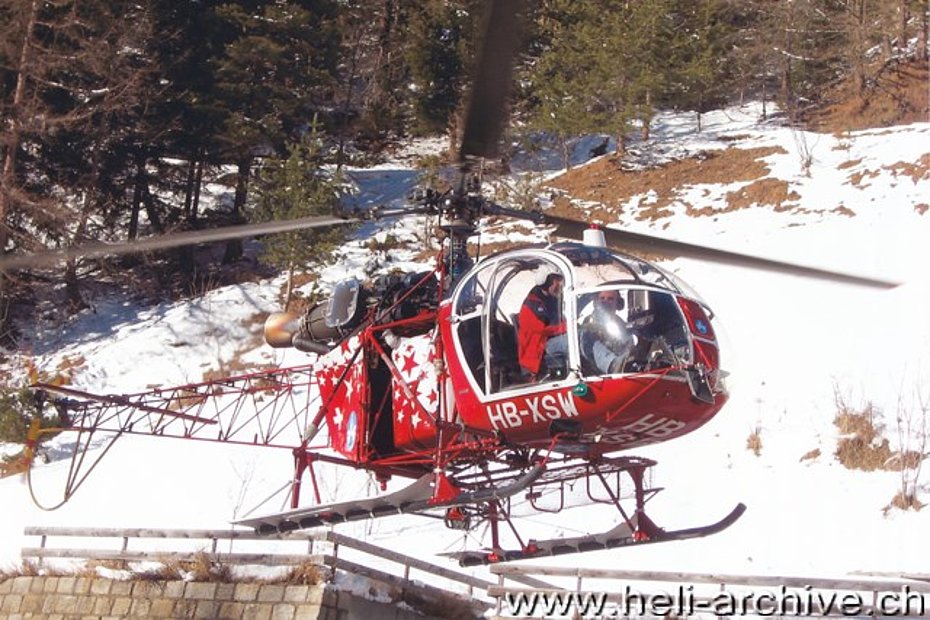
Pilot of Air Zermatt
On July 1st, 1999 he started to work again for Air Zermatt. He is usually based in Raron, but occasionally he also works in Zermatt and it is here that I had the opportunity to meet him.
During the interview I asked him: "What is your favorite helicopter?" and he replies immediately "Without doubts the Lama! I love it, great machine! The Ecureuil B3 is also an excellent helicopter but at the controls of the Lama and Alouette III series I have logged approximately 9,000 hours of flight".
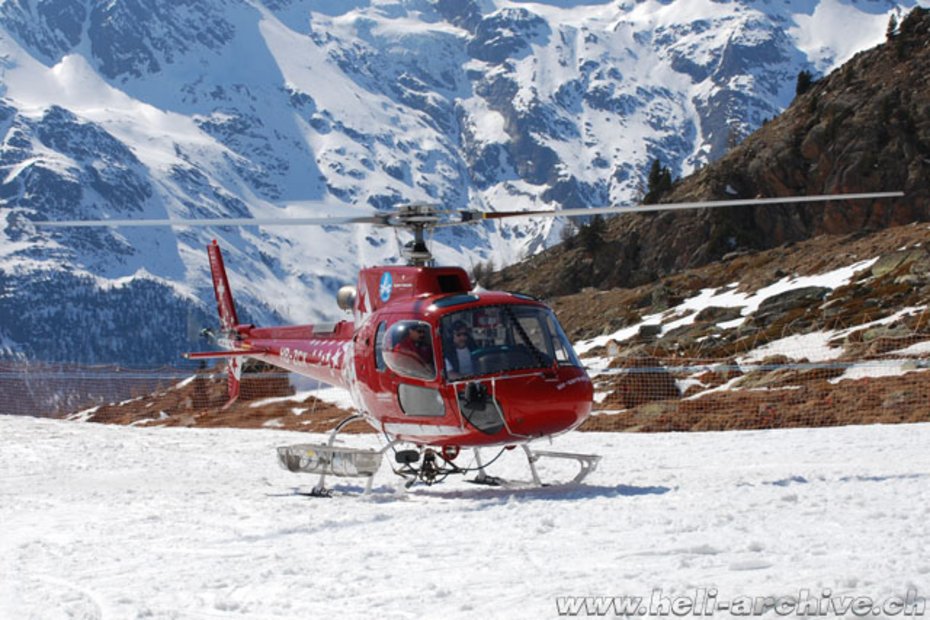
"When I was employed by Heliswiss I had a dream: I wanted to fly with the Agusta-Bell 204B or one of its successor, the Bell 205 or the Bell 214. However, at that time I left the company, and the fleet of Air Glaciers was primarily composed by Alouette III and Lama".
In the the course of the years Bernhard received some employment offers. In the early ‘80s Eliticino asked him if he wanted to fly in Ticino, while Rega offered him a job as pilot at the base of Bern. "I didn’t want to sit in an office all day, having to wait for an emergency call for the opportunity to fly. No that just wasn’t the kind of job I wanted” he states, rotating his two thumbs meaning “I have nothing to do at the moment”.
Even the ex-chief pilot of Heliswiss Walter Tschumi asked him if he wanted to fly with the large Kamov KA-32. However, for various reasons Bernhard kindly refused the proposal.
I ask him if he has a special memory of his long career as a pilot, and after thinking for a while he tells me an amazing tale.
In 1984 he received a distress call: a man during the climb of Finsteraahorn was attained by altitude sickness and urgently needed to be transported to the hospital.
Despite the difficult weather conditions Bernhard, accompanied by the flight assistant Franz Lagger, decided to take-off and try to rescue the man whose life was seriously in danger.
The climber was located and carried on board. During the descent, weather conditions got worse and it started to snow. The visibility was so limited that Bernhard was forced to descend meter after meter facing the rockface wall at a distance of few meters. Moreover, during the descent, the flight assistant exited from the cabin of the Lama to clean the turboshaft air intakes to avoid the possibility of a flame-out.
After a time that seemed endless for the crew, the helicopter landed at the hospital in Brig and the man was taken in care by the medical staff. “I won’t forget that rescue for the rest of my life!”.
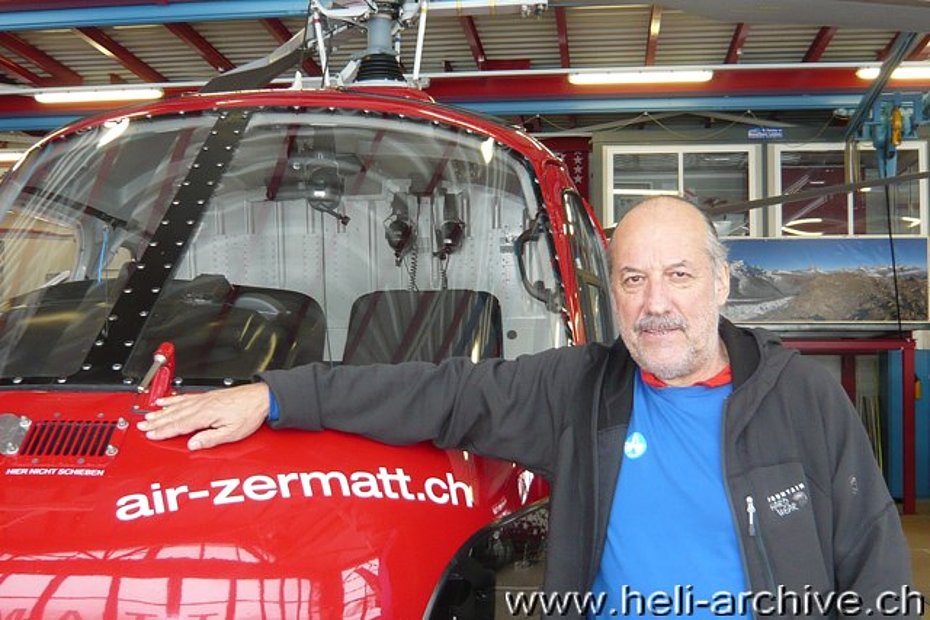
Bernhard, who has ceased his professional career as helicopter pilot in February 2015, has performed over 2,800 rescue missions and all kinds of aerial transportation.
Obviously he knows the Valaisan Alps like his pockets. He has logged more than 15,000 hours under his belt.
Throughout his career as a helicopter pilot he has flown the following aircraft: Bell 47, Bell 206 Jet Ranger, SA 315B Lama, Alouette III and Ecureuil AS 350.
Besides his passion for the rotary-wing, like many others helicopters pilots, the Valaisan pilot has a fond interest in motorcycles and explains me why: "With both you have to use your head and always pay great attention".
HAB 02/2015

